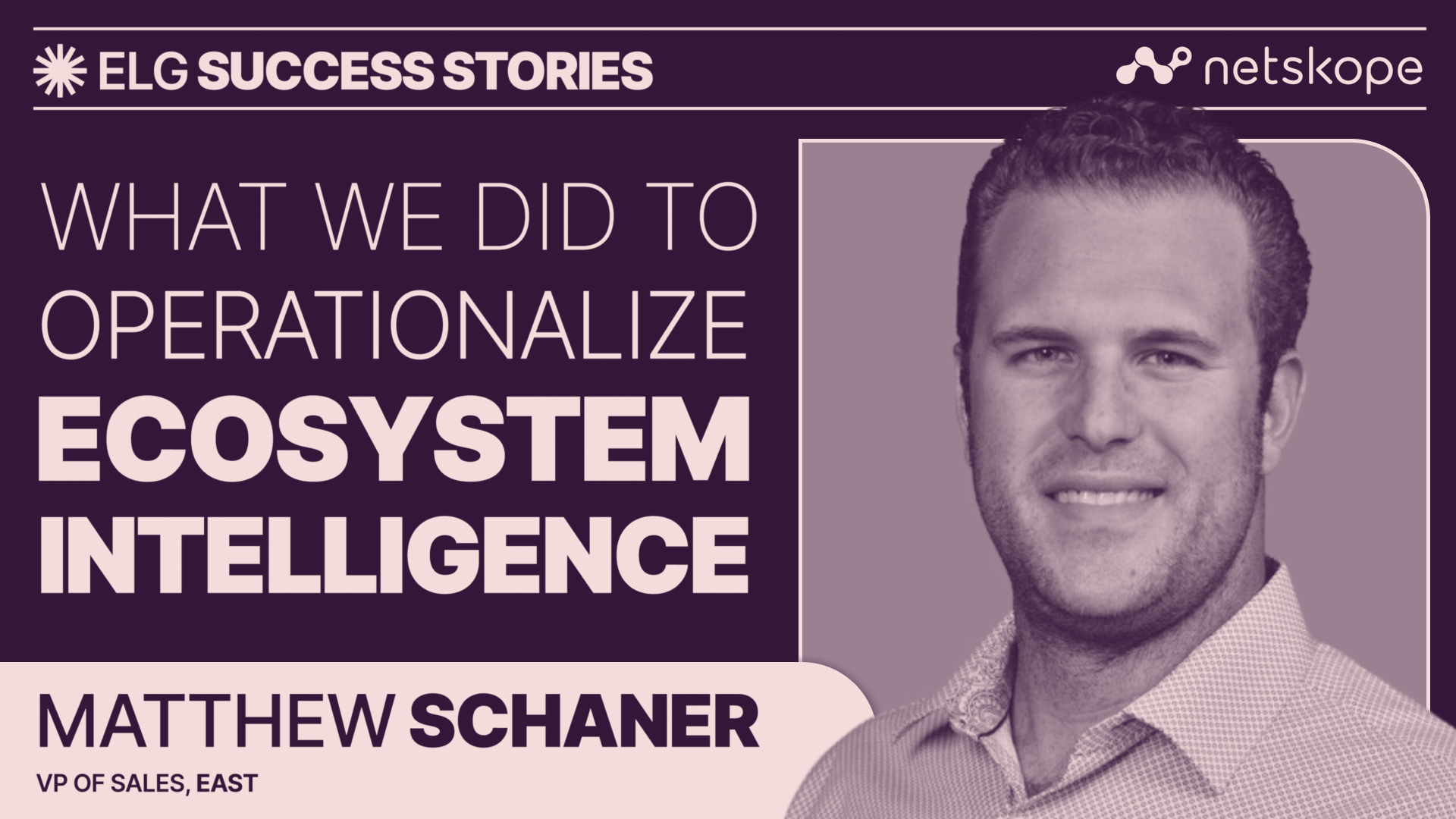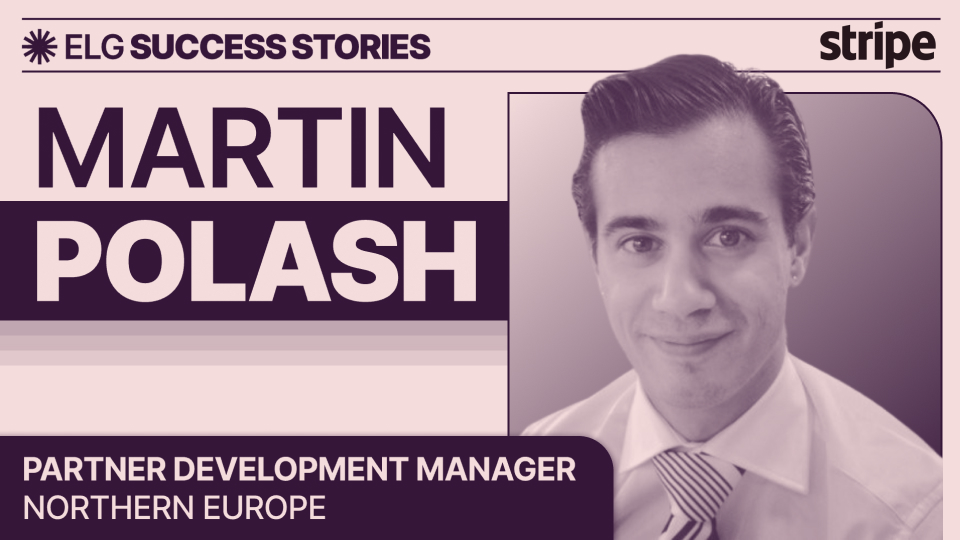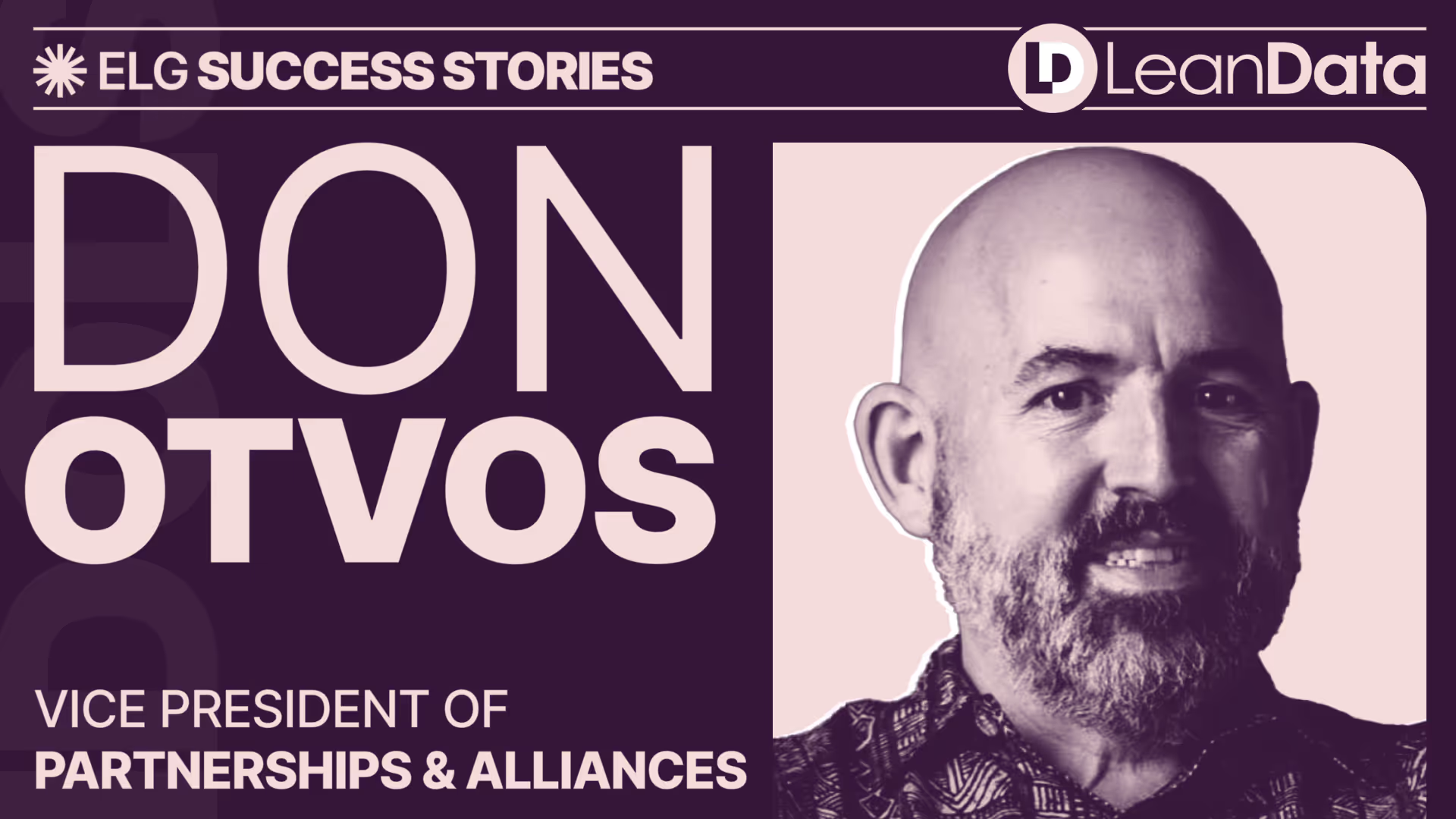Customer Stories
See how leading GTM teams use Crossbeam to turn partnerships into pipeline.
No items found.
ELG Success Stories
See how leading GTM teams from Stripe, Netskope, and commercetools are using ELG to ignite pipeline growth and accelerate deal velocity.
















.jpg)


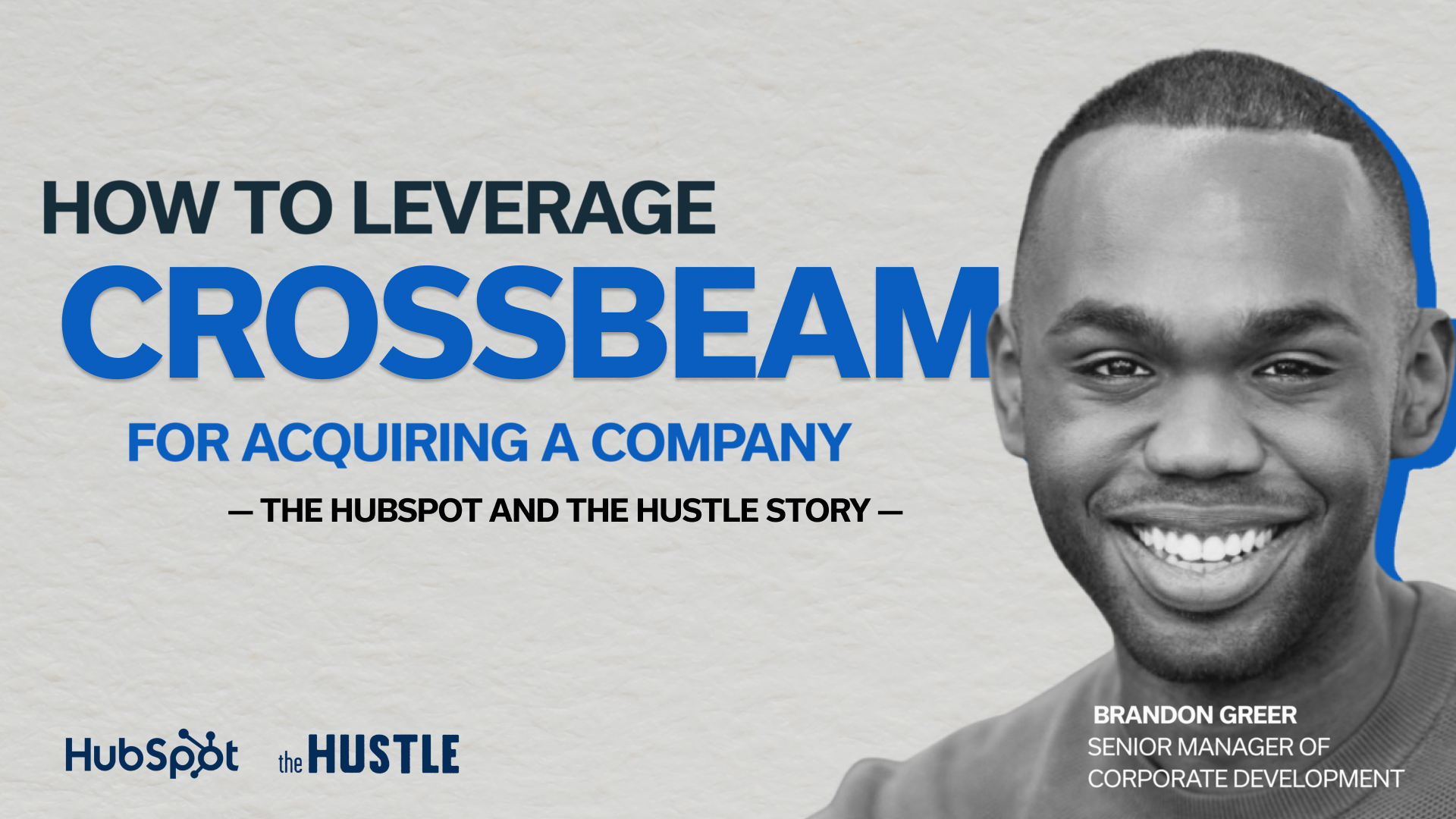




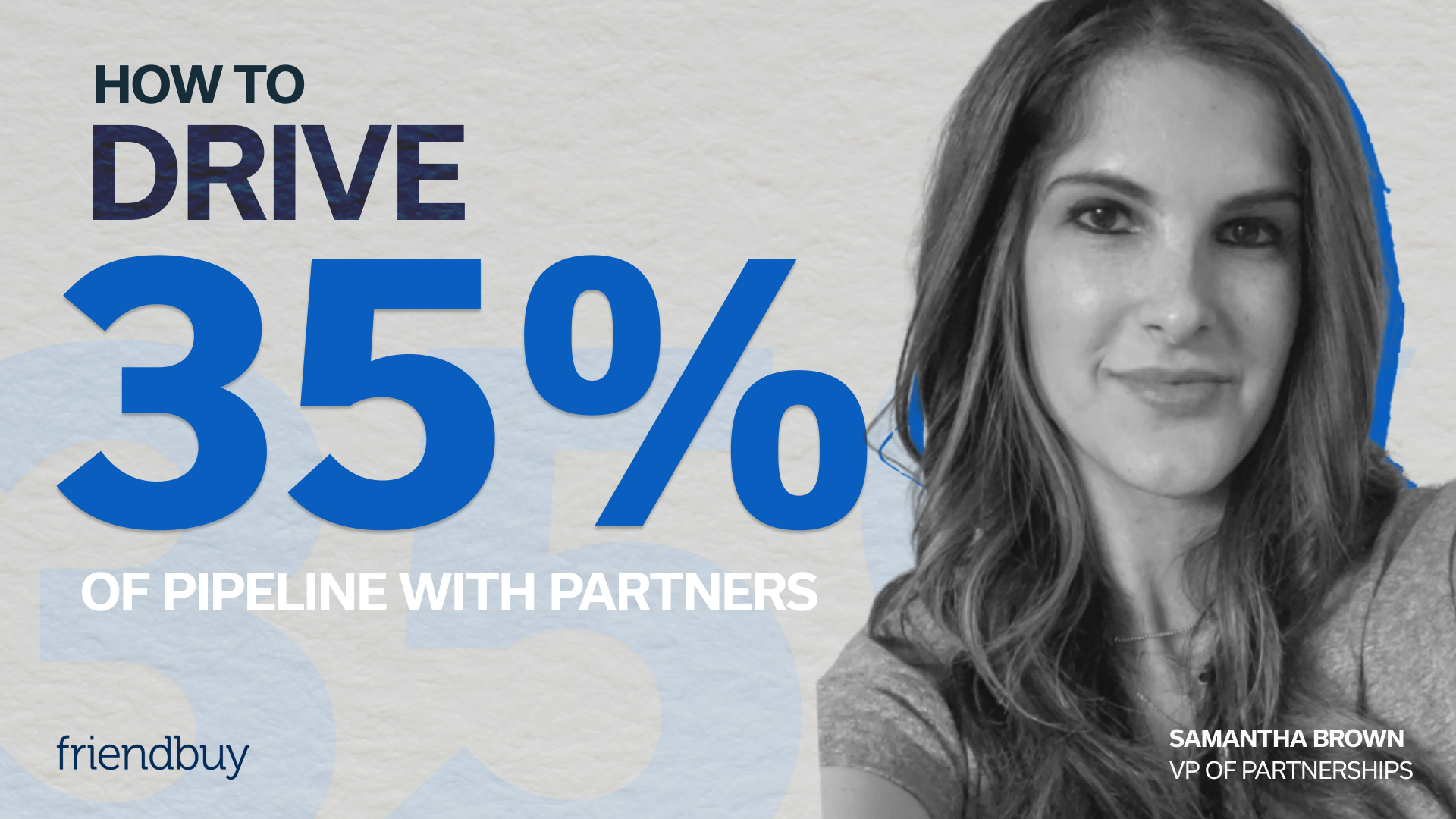


.png)




















